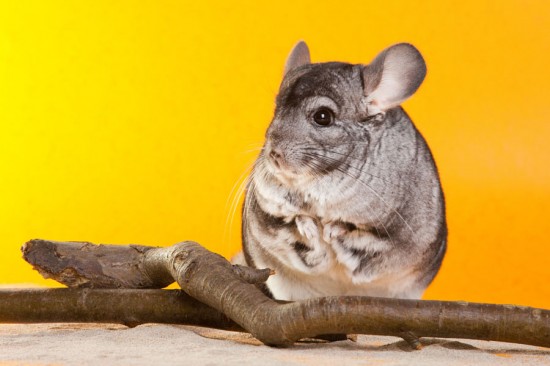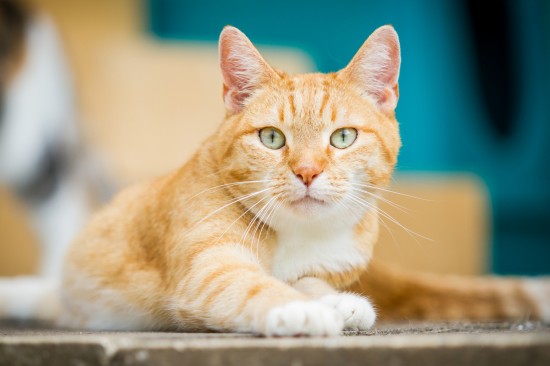
Like other farm animals, goats also suffer from various diseases especially if they fail to take occasional vaccination. These goat diseases may be bacterial, viral, or parasitic among others. As most of these diseases can be hardly determined due to their identical symptoms, it would be advisable for owners to have them checked up every once in a while for the benefit of the goat and for the safety of your farm.
Ketosis (Acetonemia) is one of the most common goat diseases because of the animal's inclination to concentrated food. Another problem that farmers deal with is when the goat becomes profoundly infested with worms. This goat disease is known as 'big head.' You can tell when the goat has big head if it suddenly develops a swollen head accompanied by paleness of skin. This should not be confused with bloating, another common problem with goats. By observing your goat, you will notice that it frequently urinates, appears anxious, and behaves differently from the rest. At this point, the goat should be taken for consultation to avoid complications.
Goat diseases can be prevented with regular check-up. A once-a-month visit to the veterinarian would be advisable. Being on the lookout for possible trouble occurring within the herd would contribute in preventing loss of a goat. There are ways to know whether something is wrong with one of the goats.
- Observe which among the herd often isolates itself. Goats are naturally sociable and friendly that is why they pass for a pet nowadays and separation from the herd would mean a sign of problem
- Watch for abnormalities in feces and droppings. Usually, one suffering from a disease would have irregularity in droppings or urine. Among the most recognizable symptoms for goat diseases are diarrhea (with blood), pus from the ears, mouth, vulva or any part of the goat's body
- Swelling of the chin is also another sign your goat is ailing
- Notice defects in movements besides the behavior
Meanwhile, you can do your own goat check as well to make sure that the herd is in the pink. The main areas that you have to secure are the rectal temperature with at least 39 degrees and the pulse rate that must be at 80 or less beats per minute.
It is important for every farmer to know the various goat diseases that may affect a member of the herd. Learning about the symptoms and first aid treatments would also help to minimize the risk. Give them proper goat care and you will only have to worry less.
 Ten Fun Facts About Dogs For Kids
Ten Fun Facts Abo
Ten Fun Facts About Dogs For Kids
Ten Fun Facts Abo
 Chinchilla Healthcare And Potential Issues
Chinchilla Health
Chinchilla Healthcare And Potential Issues
Chinchilla Health
 3 Common Cat Ailments And How To Deal With Them
3 Common Cat Ailm
3 Common Cat Ailments And How To Deal With Them
3 Common Cat Ailm
 Five Universal Personality Traits Of The Ragdoll Cat
Five Universal Pe
Five Universal Personality Traits Of The Ragdoll Cat
Five Universal Pe
 What To Do If Your Dog Has Convulsions Or A Seizure
What To Do If You
What To Do If Your Dog Has Convulsions Or A Seizure
What To Do If You
Copyright © 2005-2016 Pet Information All Rights Reserved
Contact us: www162date@outlook.com